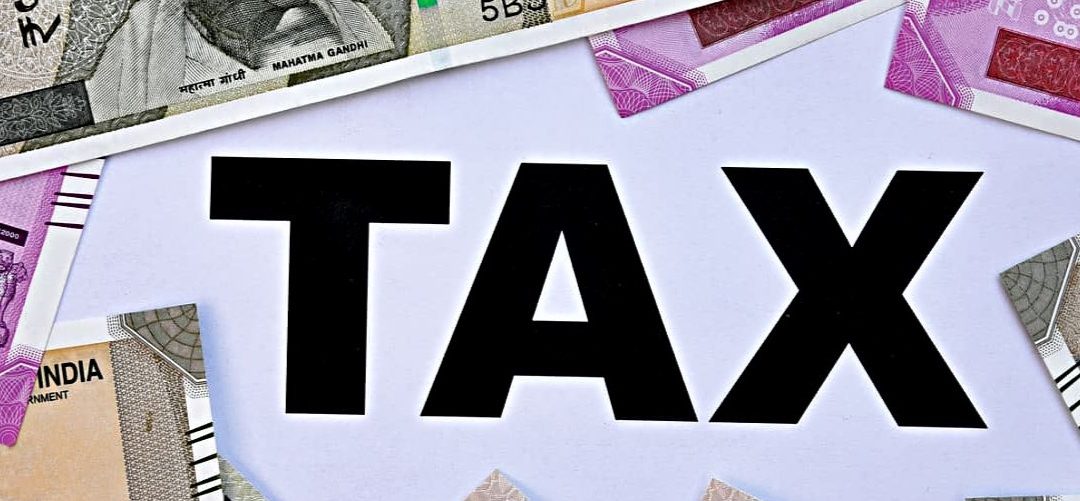It’s been five years since India implemented its Goods and Services Tax, and while revenue collection has increased, some observers believe it’s too soon to rejoice.
Since the implementation of GST in July 2017, India, the world’s fifth largest economy with a GDP of more than $3 trillion, has managed to more than quadruple its tax base.
While collections have grown and compliance has improved, researchers warn that this does not always result in economic development.
According to official figures, GST receipts increased from roughly 7.2 trillion rupees, or $90 billion, in the fiscal year 2017-2018 to 14.8 trillion rupees in the fiscal year ending March 2022.
Even while GST income is greater in absolute terms, others worry if the trend would continue.
“GST cannot stimulate GDP.” Growth, on the other hand, increases GST revenue. As a result, future GST collection will be determined by the Indian economy’s growth performance. If development continues to stagnate, GST collection would suffer, according to Abhijit Mukhopadhyay, the senior fellow at the New Delhi-based think tank Observer Research Foundation.
“Somehow, a thumb rule has arisen that if monthly GST collection exceeds 1 trillion rupees, or $12 billion,” he added.
Rising inflation, for example, is expected to dampen demand and result in decreased receipts, according to Mukhopadhyay. “The rise in commodity and food prices has significantly helped to GST collection.” If inflation continues to rise, it will eventually have a dampening impact,” he said.
What India’s GST has achieved
The goods and services tax, imposed by Prime Minister Narendra Modi’s government, absorbed 17 local levies such as excise duty, service tax, and value-added tax, as well as 13 additional charges.
These various taxes were replaced by four rate structures under the countrywide tax regime, ranging from 5% on necessary commodities to a peak rate of 28% on items like vehicles and luxury items.
“Despite several implementation challenges in its first five years, GST remains a major tax reform of independent India,” Rajan Katoch, a former heavy industries secretary in India, told CNBC.
It has not only enhanced coordination within the federal state, but has also “increased tax buoyancy, curtailed indirect tax evasion, and pulled smaller and smaller taxpayers into the official system,” according to Katoch.
Before the introduction of GST, India’s tax system was infamously difficult to manage, frequently being convoluted and opaque.
According to estimates quoted in a local newspaper article by Indian Finance Minister Nirmala Sitharaman, the “good and straightforward tax,” as Modi has termed it, has increased the number of registered GST taxpayers to 13.6 million from approximately 6 million five years ago.
Impact on foreign investment and ‘dark money
There are differing opinions on whether GST has made India a more appealing investment destination or if it has helped reduce “black money” – undeclared income on which no tax has been paid.
Black money has long been acknowledged to have a role in India’s economic activity. The Indian finance ministry issued a “white paper” on black money in 2012, defining it as “any revenue on which the taxes levied by government or public agencies have not been paid.”
Former Industry Secretary Katoch says that GST has influenced black money.
“Because [GST] has resulted in the formalization of formerly informal transactions, sure, it would have contributed to a reduction in black or unaccounted cash flows,” he said, adding that estimating the degree of the drop is challenging.
But not everyone agrees.
“Black money is made through real estate, trade, and politics.” Cash transactions continue in all three instances. “Neither demonetization nor tax reform has had much of an impact,” Sanjaya Baru, a New Delhi-based economist, told CNBC.

